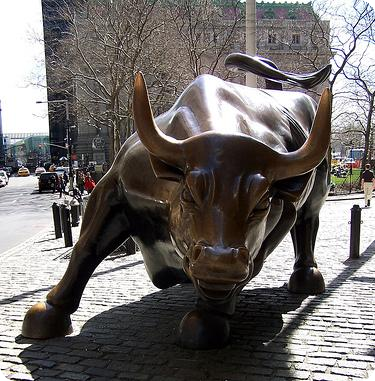Get Accurate Share Market Tips on Your Mobile Now for Amazing Profits - Call now at 09829714440
Measure of the percentage of stock holdings in a manager’s portfolio that differ from the benchmark index is an Active Share. It is usually said that an Active share to quite some extent predicts fund performance. The researchers mostly conclude that managers with high Active share outperform their benchmark indexes.
These shares are useful in identifying closet indexers, or managers who claim to be active but whose portfolios are very similar to the benchmark portfolio. Now, identifying closet indexers is very important because active management fees can be a significant hurdle to outperforming the index for anyone holding a portfolio similar to its benchmark.
 The extent of active management employed by mutual fund is traditionally measured by comparing a fund’s historical returns to those of its benchmark index. One such method is tracking error volatility that measures the standard deviation of the difference in a manager’s returns versus the index returns. In specific terms, high tracking error volatility indicates a high degree of active management.
The extent of active management employed by mutual fund is traditionally measured by comparing a fund’s historical returns to those of its benchmark index. One such method is tracking error volatility that measures the standard deviation of the difference in a manager’s returns versus the index returns. In specific terms, high tracking error volatility indicates a high degree of active management.
Get Accurate Share Market Tips on Your Mobile Now for Amazing Profits - Call now at 09829714440
In contrast, Active share is calculated by analyzing the actual holdings of a manager’s portfolio and comparing those holdings to its benchmark index. This way it helps the investors gain a clearer understanding of what exactly a manager is doing to drive performance, rather than drawing conclusions from observed returns.
However, the investors should be cautious when trying to apply the findings. The benchmark-beating results of high Active share managers are an average of that group. It would be wrong for investors to interpret the results in a manner that leads them to conclude that all managers with high Active share portfolios will beat their benchmarks as the acquired data only indicates that the average performance of this group of managers has been better than the average performance of managers with low Active shares.
From the user’s perspective an active share seems like a good, useful tool in determining the likelihood that a manager will attain benchmarking-beating results. But, finding managers with high Active share is not an easy job. The process of comparing numerous mutual fund managers’ portfolios to their benchmark indexes is very time consuming and labour intensive. It is thus one tool that can be added to an investor’s toolbox for use in evaluating potential mutual fund investments. For those investors who rely on Active share as an indicator of market-beating performance could still continue with picking a manager that underperforms the benchmark.
Get Accurate Share Market Tips on Your Mobile Now for Amazing Profits - Call now at 09829714440









Recent Comments